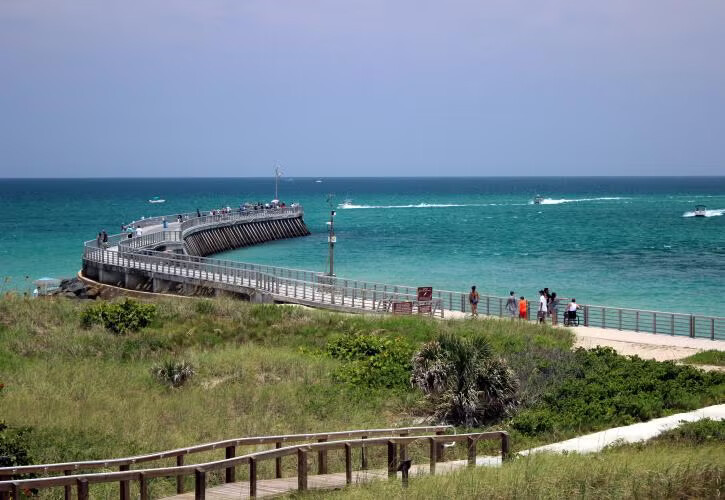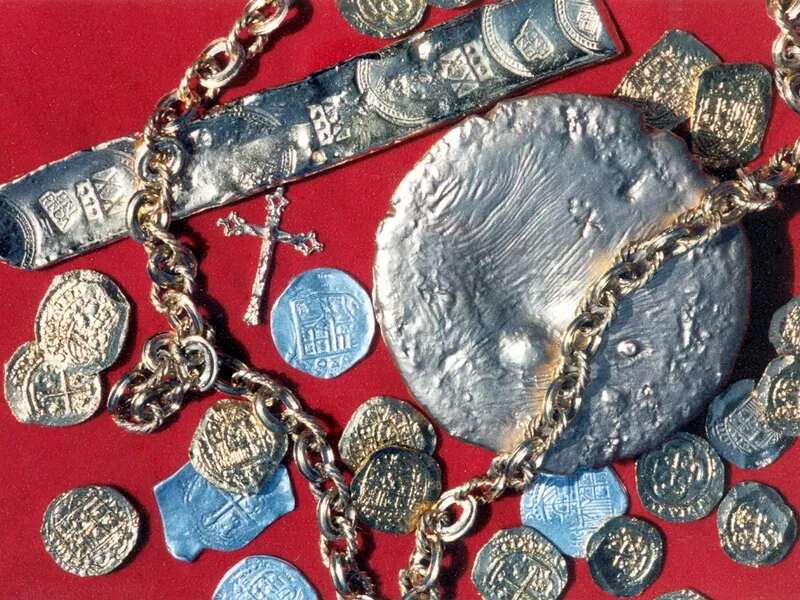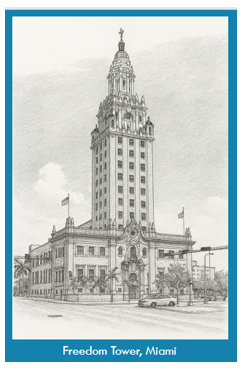- Home
- Florida History
- Florida Heritage Sites
- Sebastian Inlet State Park
SEBASTIAN INLET STATE PARK
By Mike Miller November 16, 2025
OVERVIEW
Sebastian Inlet State Park covers 1,000 acres along Florida's east coast. It straddles the barrier island inlet south of Melbourne Beach and connects the Indian River Lagoon to the Atlantic Ocean.
The site includes beaches, dunes, and mangroves. It ranks among Florida's most visited parks. Surfing draws crowds to the jetty breaks, and fishing thrives from the pier and boats.
 Sebastian Island State Park pier
Sebastian Island State Park pierThe park splits into north and south sections. Trails link the habitats. Two museums in the park highlight local heritage.
HISTORICAL SIGNIFICANCE
Native American tribes inhabited the Sebastian Inlet State Park area for thousands of years before European contact. The primary group was the Ais (also known as the Jeaga or Ais-Jeaga).
They were a coastal tribe whose territory extended from Cape Canaveral southward along Florida's Atlantic shore, including the barrier island where the park now sits.
They occupied the region from at least 4,000 years ago, relying on the inlet's resources for fishing, shellfish harvesting (evidenced by shell middens), and hunting in mangroves and dunes.
Archaeological evidence, including burial mounds and tools, confirms their villages dotted the area, with the inlet serving as a key navigation point.
The Ais interacted with Spanish explorers in the 1500s–1600s, trading fish and canoes but facing conflicts and diseases that decimated their population by the early 1700s. Survivors likely merged with Seminole groups inland.
While no major Ais village sites are excavated within the park, the site ties into Florida's Native American Heritage Trail. In 1715 a treasure fleet wrecked here when a hurricane sank 11 Spanish galleons off the coast.
Gold, silver, and jewels were scattered on the beaches. Salvagers recovered cargo for years; even pirates got involved. Only a small amount of the reported $500 million treasure has been found.
Sebastian Inlet and the entire barrier island off Sebastian are known collectively as the Treasure Coast because of the wrecks.
1,500 shipwreck survivors built the Survivors' and Salvagers' Camp, no longer in existence but noted with a historical marker and some archaeological remnants.
Its site is now occupied by the McLarty Treasure Museum on the north side of the park. It displays artifacts like coins from the wrecks and tools and tells the fleet's story through exhibits.
The inlet formed naturally but shifted with storms. Early maps marked it as "Indian River Inlet." Sebastian Inlet is the narrow waterway that connects the Indian River Lagoon to the Atlantic Ocean, right where the park sits.
Back in 1909, locals and developers started trying to stabilize the inlet by digging and building basic jetties to keep the channel open and in one place. These early efforts flopped. Storms washed them away.
A 1921 dredge failed, and Hurricane Donna in 1960 washed out the jetties. The state rebuilt them in 1964 with rock, which still stands today.
The 1,000 acres comprising Sebastian Inlet State Park were primarily owned by private individuals and small landowners before the state of Florida acquired them in 1970, with the park officially established in 1971.
Much of the land consisted of subdivided lots used for fish camps, mobile homes, and recreational camping. The jetty creates consistent surf waves, and the park is very popular with surfers.
Several surfing competitions are held here throughout the year. Fishing from one of the two jetties is another favorite activity.
There are no resorts or condos to block your view at Sebastian Inlet State Park.
 Treasure at McLarty Treasure Museum
Treasure at McLarty Treasure MuseumVISITING DETAILS
The park address is 9700 South State Road A1A, Melbourne Beach, FL 32951. The north entrance lies at 9851 South State Road A1A, Sebastian, FL 32958. You can reach it via I-95, exit 173, then east on SR 512.
The park is open daily from 8 am to sunset, when the gates close. Boats can be launched from ramps at both ends of the park. Fishing from the piers is also popular.
Surfing is spectacular at First Peak or Monster Hole. Hike the Hammock Trail or camp at one of 51 sites with hookups. Swim and sunbathe at the beaches or snorkel reefs for fish and rays.
Look for shells or the treasure that still washes ashore today. Kayak in the calmer Indian River Lagoon. You can rent gear at the ranger station.
Make sure to check the park’s website for closures of areas of the park or its concessions due to new dredging, weather or hurricane damage.
SEBASTIAN INLET STATE PARK WEBSITE
LOCATION MAP

Florida is the fastest-growing state in the United States and also the fastest-changing. If you see anything in this article that has changed or is in error, please let me know.
Our free daily Ezine, Florida Heritage Travel, has 12,000 subscribers. We also have 130,000 followers on Facebook who love off the beaten path Florida.
By Mike Miller, Copyright 2009-2025
Florida-Back-Roads-Travel.com
Florida Back Roads Travel is not affiliated with or endorsed by Backroads, a California-based tour operator which arranges and conducts travel programs throughout the world.
